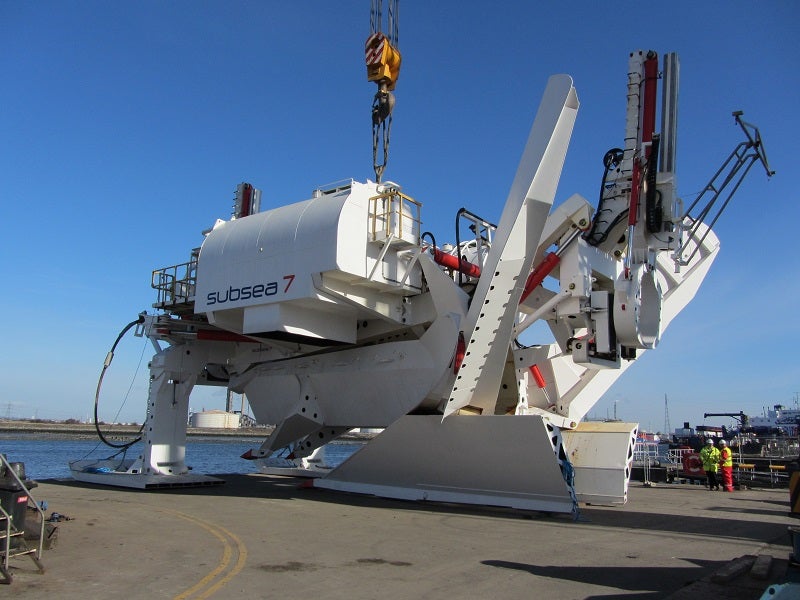
As one of the only industry contributions to the highly regarded Canadian Geotechnical Journal, a paper co-written by Cathie Associates enables more cost-effective pipeline protection solutions, by avoiding overly conservative burial depths. The publication is part of a special issue on pipeline geotechnics, one of Cathie Associates’ special areas of expertise.
Recommendations for the modelling of pipeline uplift resistance are provided in DNV guidelines produced in 2007. The database which these recommendations are based upon has been expanded significantly in recent years, and Cathie Associates were recently commissioned by Subsea 7 to benchmark, and update recommendations for uplift resistance and mobilisation displacement with a view to going beyond the standard solutions and achieving a deeper understanding of the underlying phenomena.
The study is just one of many initiatives being pursued by Cathie Associates to enable the oil and gas industry to adapt to lower oil prices.
Cathie Associates’ geotechnical expert and project leader Bruno Stuyts said: "Because we’ve supervised numerous pipeline uplift experiments we were able to supplement the existing data with in-house data experience and our expertise on the subject. Effectively, we’ve substantially reduced uncertainty surrounding the behaviour of backfill material."
Subsea 7’s lead geotechnical engineer (North Sea & Canada) and paper co-author Toby Powell said: "At Subsea 7, we pride ourselves on providing fully optimised, fit-for-purpose and cost-effective solutions. We are delighted that this study enables us to select the most effective trenching depths of lowering and cover with increased confidence, minimising installation costs without compromising on risk of production losses and damage to the environment."

